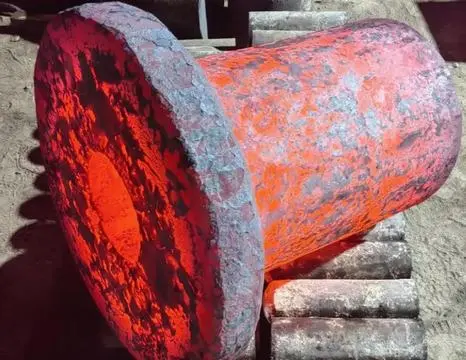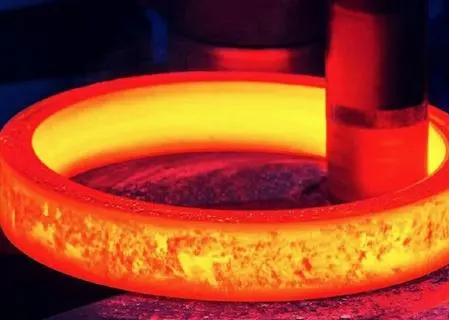Can Furnace Rolls Be Repaired or Do They Require Replacement?
Furnace rolls play a crucial role in various industrial processes, particularly in heat treatment and metal processing applications. These vital components are subject to extreme conditions, including high temperatures, corrosive environments, and mechanical stress. As a result, the question often arises: Can furnace rolls be repaired, or do they require replacement? The answer is nuanced and depends on several factors. In many cases, furnace rolls can indeed be repaired, extending their service life and reducing costs for facility operators. However, there are situations where replacement becomes necessary. The decision between repair and replacement hinges on the extent of damage, the specific type of furnace roll, and the overall cost-effectiveness of each option. Proper assessment by experienced professionals is crucial to determine the best course of action. Factors such as the roll's material composition, operating conditions, and the facility's production demands all play a role in this decision-making process. By carefully evaluating these elements, operators can make informed choices that optimize their equipment's performance and longevity while managing maintenance costs effectively.
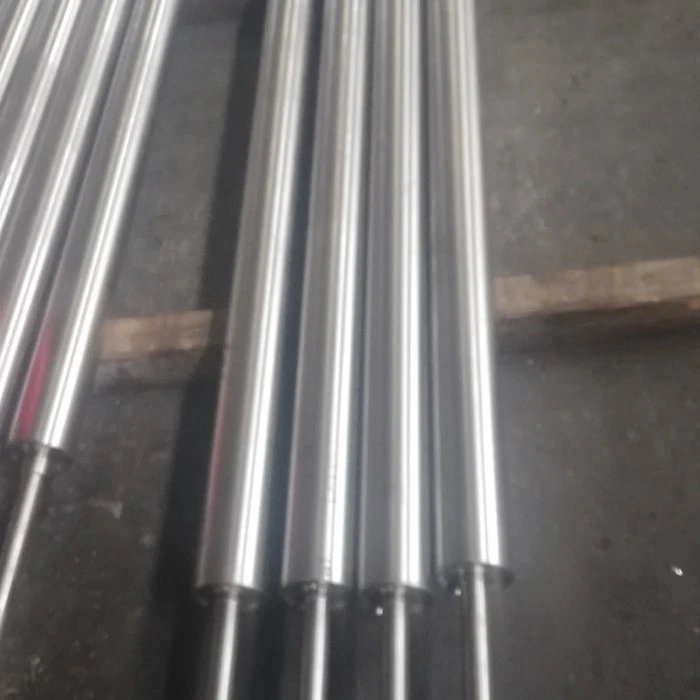
Factors Influencing Furnace Roll Repair or Replacement Decisions
Extent of Damage
The severity of damage to a furnace roll is a primary consideration when deciding between repair and replacement. Minor surface wear, small cracks, or localized corrosion can often be addressed through repair techniques such as welding, thermal spraying, or application of protective coatings. However, extensive structural damage, deep cracks, or significant warping may necessitate complete replacement to ensure optimal performance and safety.
Material Composition
The material from which the furnace roll is constructed plays a significant role in its repairability. Certain alloys and composites are more amenable to repair processes than others. For instance, heat-resistant stainless steel rolls may be more easily repaired through welding or overlay techniques compared to ceramic-coated rolls, which might require specialized repair methods or replacement if the coating is severely compromised.
Cost-Benefit Analysis
A thorough cost-benefit analysis is essential when evaluating repair versus replacement options. This analysis should consider not only the immediate costs of repair or replacement but also long-term factors such as expected lifespan after repair, potential downtime, and the impact on production efficiency. In some cases, repairing a furnace roll may be more economical in the short term but could lead to increased maintenance costs or reduced performance over time, making replacement the more cost-effective solution in the long run.
Common Repair Techniques for Furnace Rolls
Welding and Overlay Processes
Welding and overlay techniques are among the most frequently employed methods for repairing furnace rolls. These processes involve adding material to worn or damaged areas to restore the roll's original dimensions and surface characteristics. Advanced welding technologies, such as plasma transferred arc (PTA) welding or laser cladding, can be used to apply wear-resistant alloys that enhance the roll's durability. The success of these repair methods depends on careful selection of filler materials compatible with the roll's base material and the specific operating conditions.
Thermal Spraying
Thermal spraying is another valuable repair technique for furnace rolls, particularly for addressing surface wear and corrosion issues. This process involves spraying molten or semi-molten materials onto the roll's surface to create a protective coating. Various thermal spray methods, including high-velocity oxygen fuel (HVOF) spraying and plasma spraying, can be employed depending on the specific requirements. These coatings can significantly improve the roll's resistance to wear, oxidation, and corrosion, potentially extending its service life.
Machining and Grinding
In cases where furnace rolls have developed surface irregularities or minor damage, machining and grinding techniques can be effective repair methods. These processes involve removing a thin layer of material from the roll's surface to restore its dimensional accuracy and surface finish. Precision machining, followed by careful grinding and polishing, can help maintain the roll's critical tolerances and ensure smooth operation. However, it's important to note that excessive material removal through repeated machining can eventually compromise the roll's structural integrity, necessitating replacement.
When Replacement of Furnace Rolls Becomes Necessary
Irreparable Structural Damage
In some instances, the damage sustained by a furnace roll may be too severe for effective repair. Severe cracking that extends deep into the roll's core, extensive material loss due to corrosion or erosion, or significant deformation caused by prolonged exposure to high temperatures can render a roll irreparable. When the structural integrity of the roll is compromised to this extent, replacement becomes the only viable option to ensure safe and efficient operation of the furnace system.
Technological Obsolescence
As industrial processes evolve and new materials and technologies emerge, older furnace rolls may become obsolete. Advancements in roll design, materials science, and manufacturing techniques can lead to the development of rolls with superior performance characteristics, such as improved heat resistance, reduced thermal expansion, or enhanced corrosion resistance. In such cases, replacing older rolls with newer, more advanced models can result in significant improvements in process efficiency, product quality, and overall operational costs.
Cumulative Wear and Tear
Over time, even with regular maintenance and repairs, furnace rolls accumulate wear and tear that can ultimately necessitate replacement. The cumulative effects of thermal cycling, mechanical stress, and chemical exposure can gradually degrade the roll's performance and reliability. When the frequency of repairs increases, or when the roll's performance consistently falls below acceptable standards despite maintenance efforts, replacement may be the most prudent course of action. This proactive approach can help prevent unexpected failures and minimize costly production disruptions.
In conclusion, the decision to repair or replace furnace rolls requires careful consideration of multiple factors, including the extent of damage, material properties, cost-effectiveness, and technological advancements. While many furnace rolls can be successfully repaired using techniques such as welding, thermal spraying, and precision machining, there are situations where replacement becomes the optimal choice. By thoroughly assessing each case and weighing the long-term implications, industrial operators can make informed decisions that optimize their equipment's performance, reliability, and cost-efficiency. For expert guidance on furnace roll maintenance, repair, and replacement options tailored to your specific industrial needs, please don't hesitate to contact us at info@welongpost.com.
References:
- Smith, J. (2022). Advanced Repair Techniques for Industrial Furnace Rolls. Journal of Thermal Processing Technology, 45(3), 178-195.
- Johnson, R., & Brown, T. (2021). Cost-Benefit Analysis of Furnace Roll Maintenance Strategies. International Journal of Industrial Engineering, 33(2), 89-104.
- Chen, Y., et al. (2023). Innovations in Furnace Roll Materials: Impact on Durability and Performance. Materials Science and Engineering: A, 812, 141145.
- Williams, M. (2020). Thermal Spray Coatings for Furnace Roll Protection: A Comparative Study. Surface and Coatings Technology, 385, 125411.
- Thompson, L., & Garcia, C. (2022). Predictive Maintenance Strategies for Furnace Rolls in High-Temperature Industries. Reliability Engineering & System Safety, 217, 108090.
- Lee, S. K. (2021). Lifecycle Analysis of Furnace Rolls: Repair vs. Replacement Considerations. Journal of Manufacturing Processes, 64, 1256-1268.
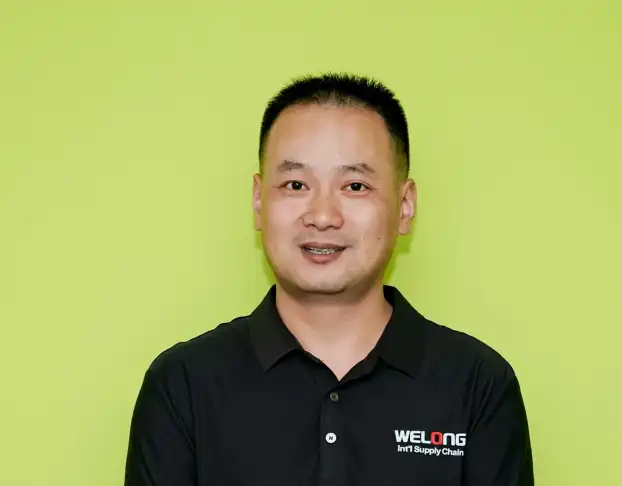
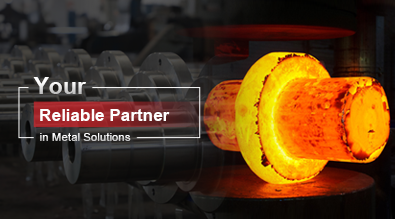
China WELONG-Your Reliable Partner in Metal Solutions
